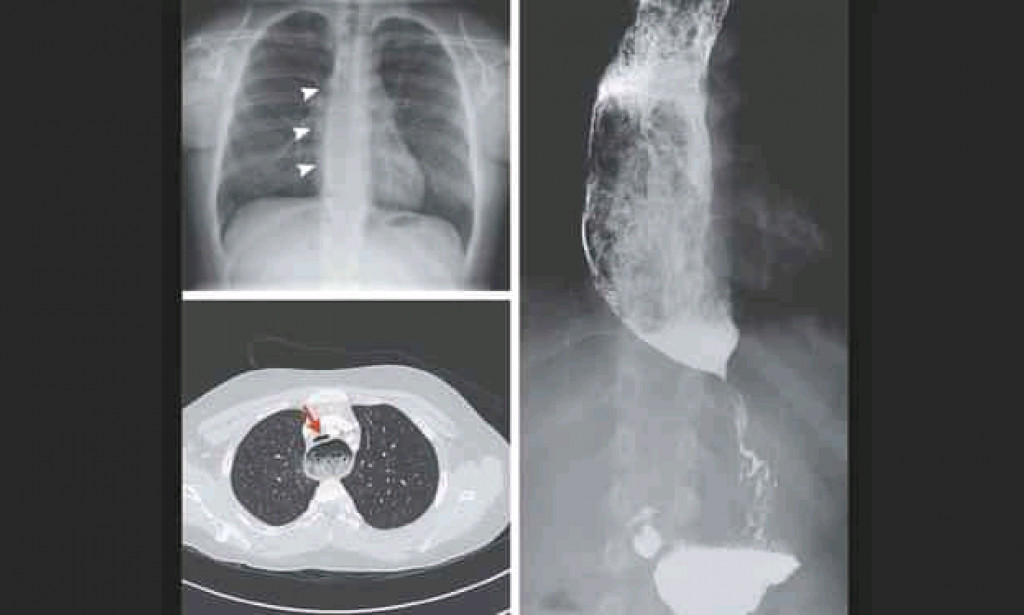Esophageal aperistalsis and impaired relaxation of the lower esophageal sphincter (LES) during deglutition are symptoms of achalasia, a rare esophageal motility disorder.
Achalasia affects about one in every 100,000 people around the world, with an overall prevalence of 9 to 10 per 100,000. Progressive dysphagia to solids and liquids, heartburn, chest pain, regurgitation, and varying degrees of weight loss or nutritional deficiencies are all common symptoms.
Patients with suspected achalasia should have an upper esophagogastroduodenoscopy (EGD) performed to rule out pseudoachalasia caused by an obstructing mass.High-resolution manometry (HRM), the current gold standard test for achalasia diagnosis, is used to confirm the diagnosis.
Achalasia is a heterogeneous condition with three distinct forms based on manometric patterns: type I (classic) with low contractility in the oesophagus body, type II with intermittent panesophageal pressurisation, and type III (spastic) with premature or spastic distal esophageal contractions.
These subgroups have subtle clinical changes but respond differently to various treatment techniques, such as pharmacologic, endoscopic, and surgical approaches.
Achalasia can manifest itself in a number of ways, affecting a patient's quality of life, work productivity, and functional status.
Achalasia is characterised by increasing dysphagia of solids and liquids in most cases. Patients with achalasia are frequently misdiagnosed with gastroesophageal refl

You must be logged in to post a comment.